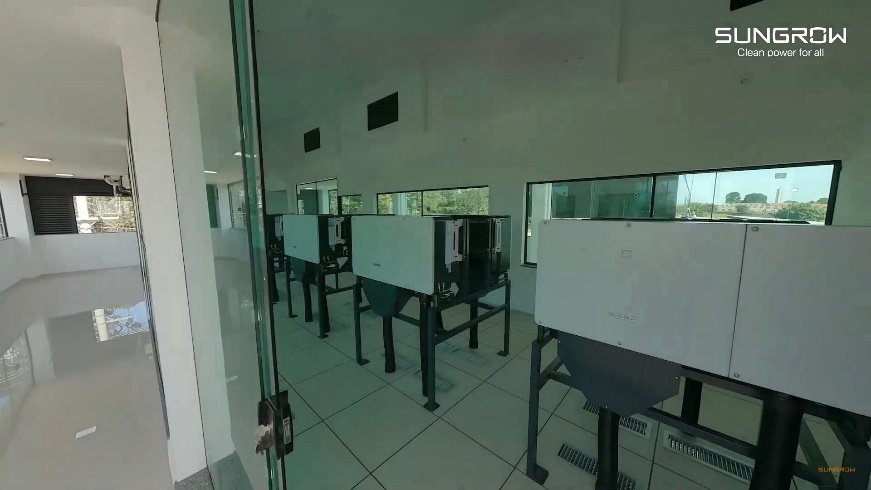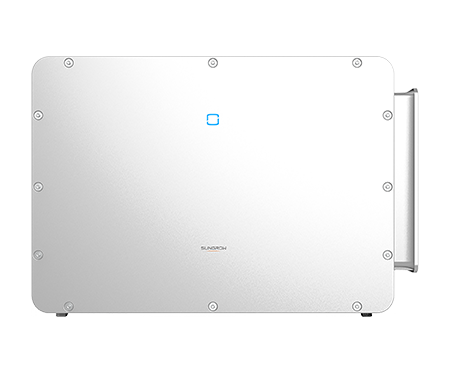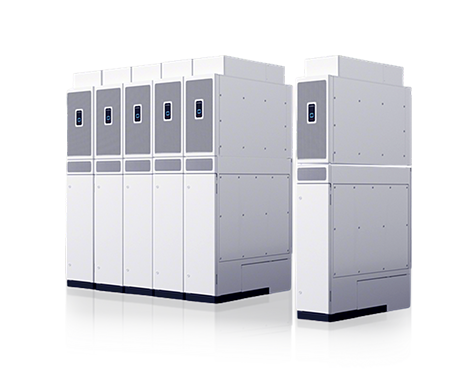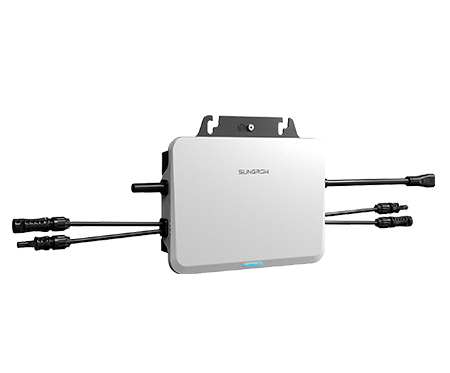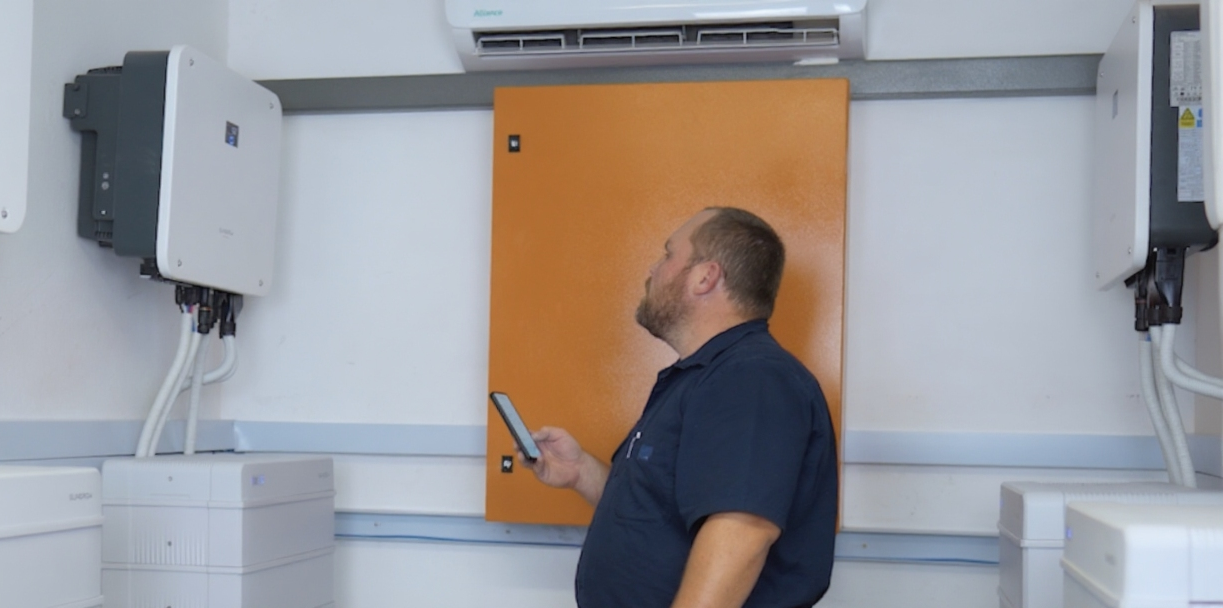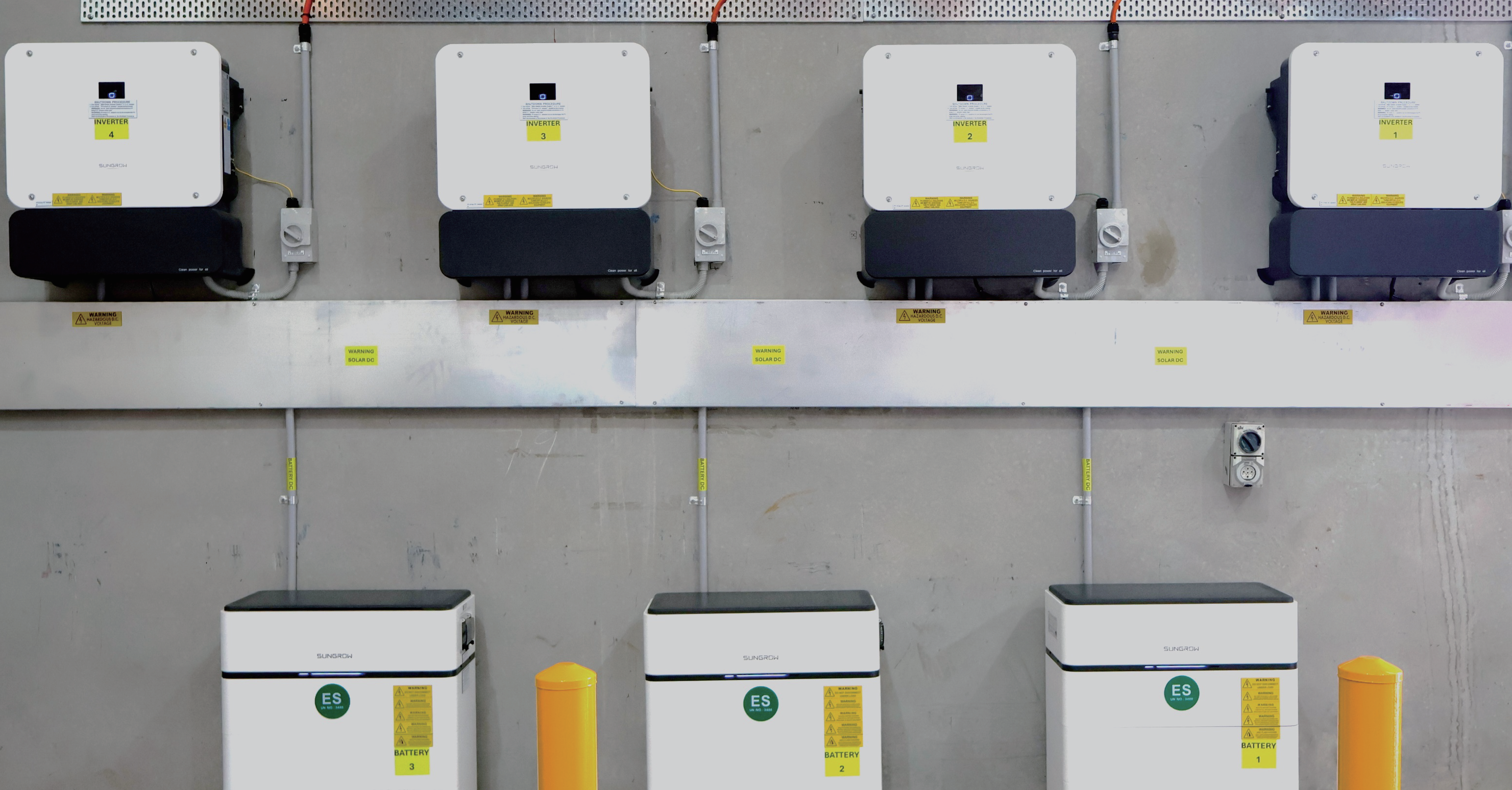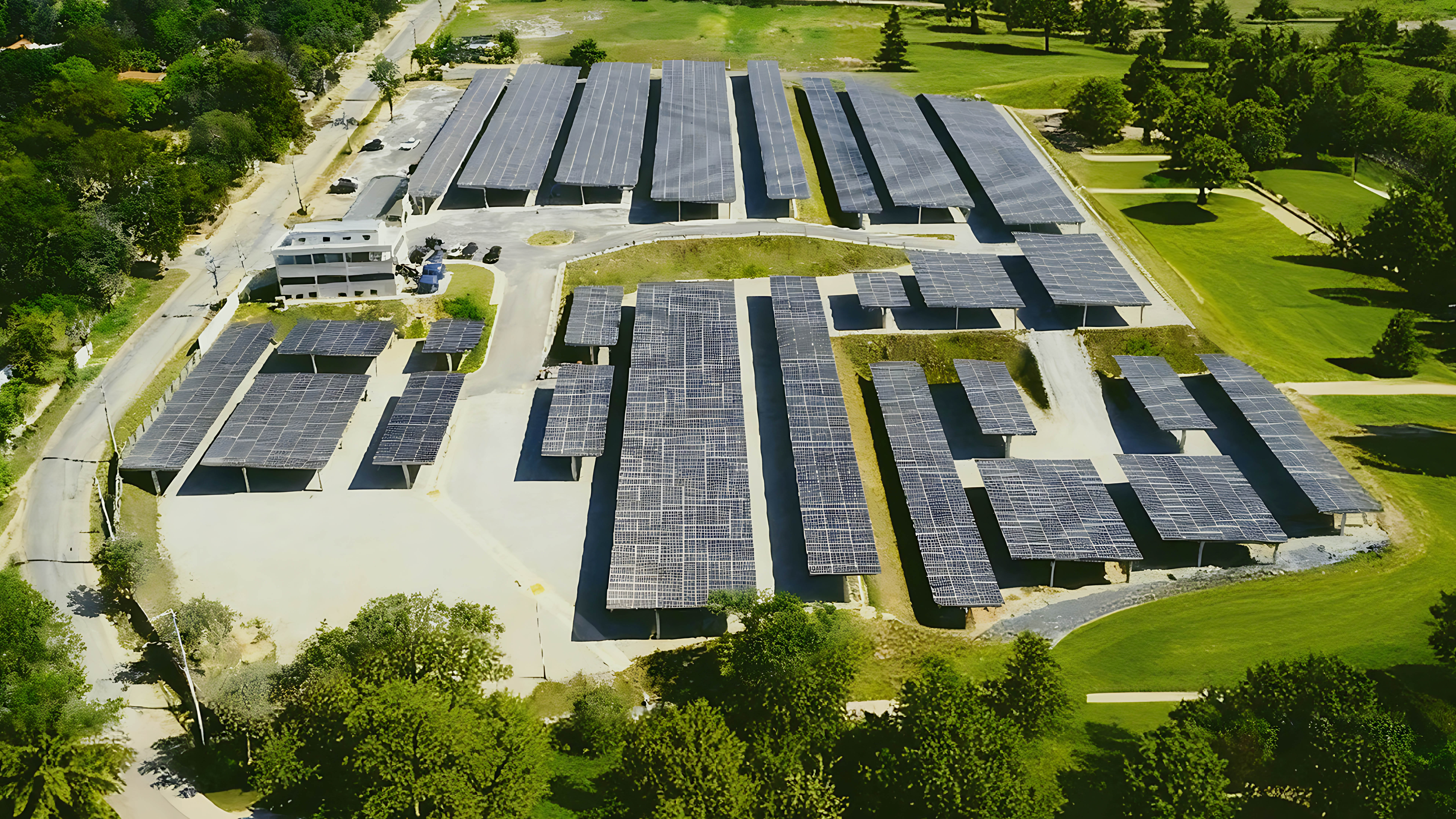
Support Visionary Care: 3MWp PV Plant in Brazil
Model Type:
10 × SG250HX
Installed Capacity:
3 MWp
Inverter Capacity:
2.5 MW
COD Time:
2023. 07
The Background
In Brazil, the sun is rising on solar power—it is now the second-largest source of energy for the country, supplying more than 20% of the national grid (Source: ABSOLAR). Of the 56 GW of installed capacity, 38.9 GW comes from residential and commercial rooftops, while 17.6 GW powers large-scale utility projects. A powerful example is a solar carport located in Sorocaba's Alto da Boa Vista district. Built to power the nationally recognized ophthalmology hospital BOS (Banco de Olhos de Sorocaba), the project combines advancements in renewable energy with healthcare innovation. It generates enough electricity to support 2,000 low-income homes, bringing light and critical care together under one solar-powered roof.
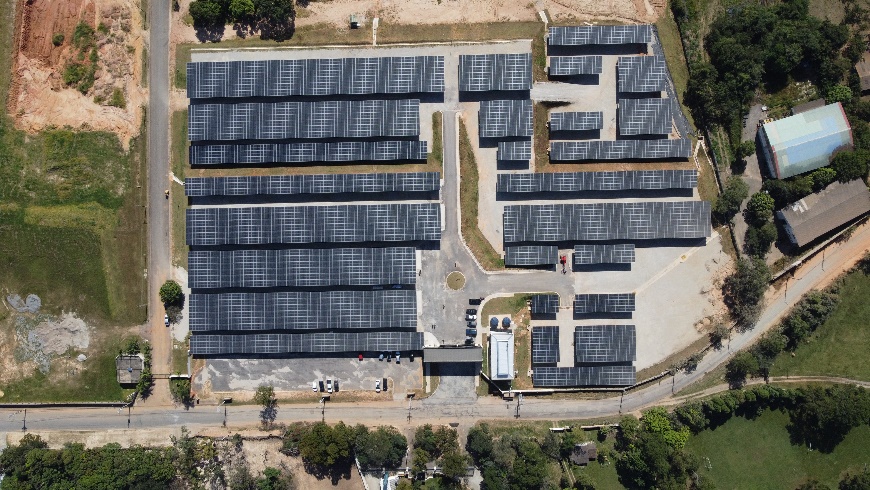
The Challenges
As the project progressed, a critical technical challenge emerged. For safety reasons, solar inverters—a key component in any solar system—had to be installed in places out of public reach. This meant they couldn't be installed in the open within the public parking area. Installing the inverters in an enclosed space, however, created another problem: heat management. Without proper cooling, the inverter room risked overheating, which could negatively affect both system performance and energy output.
